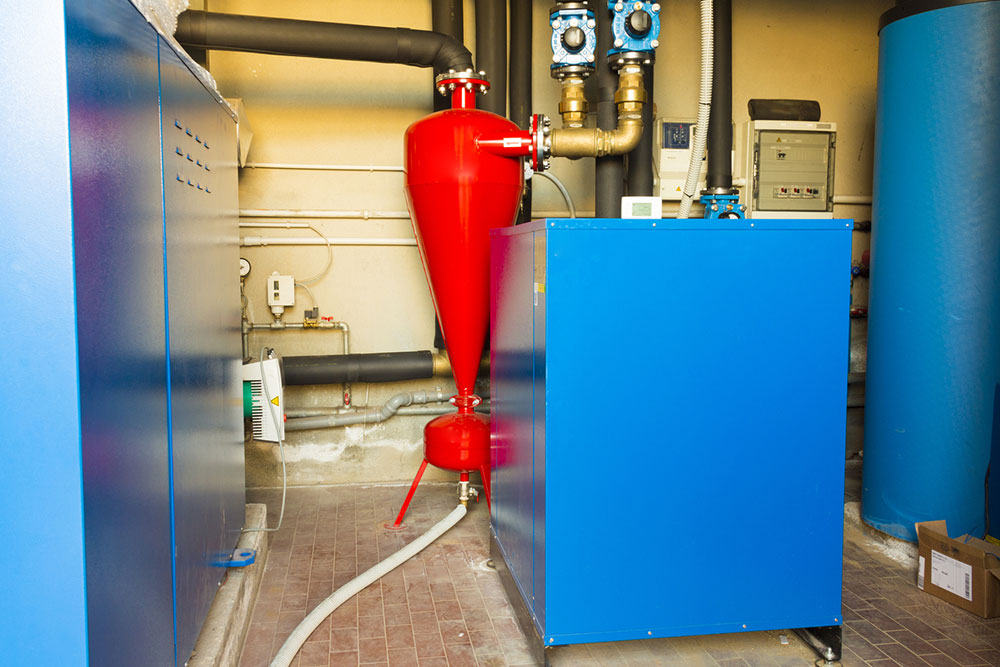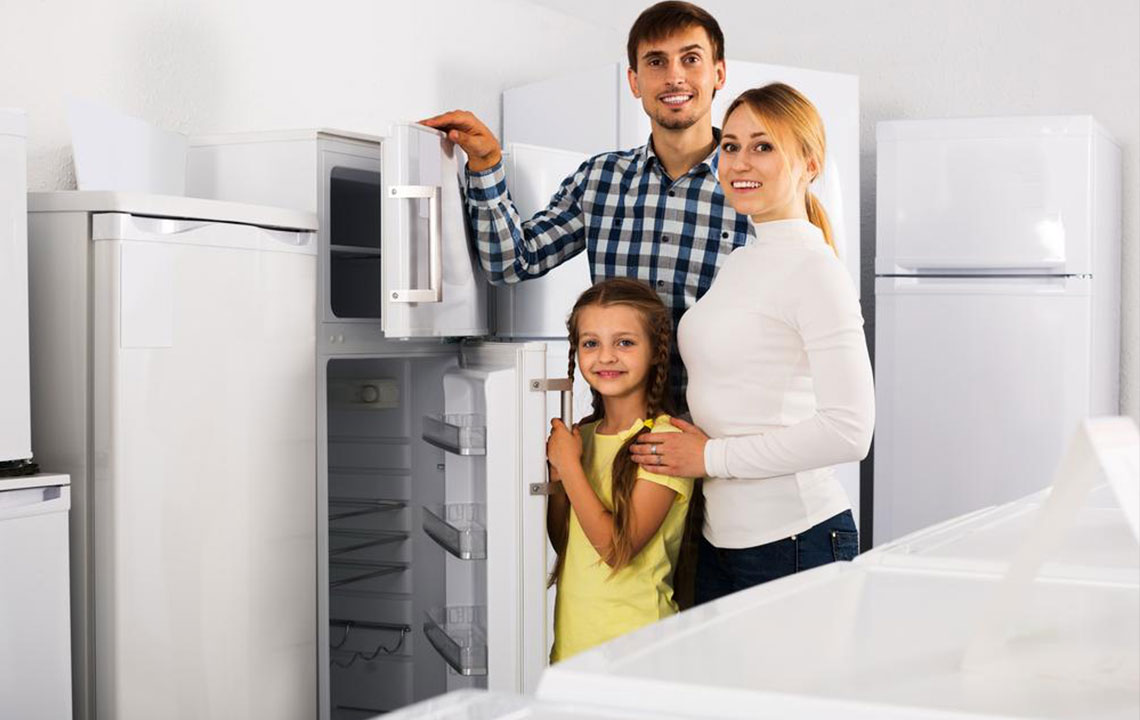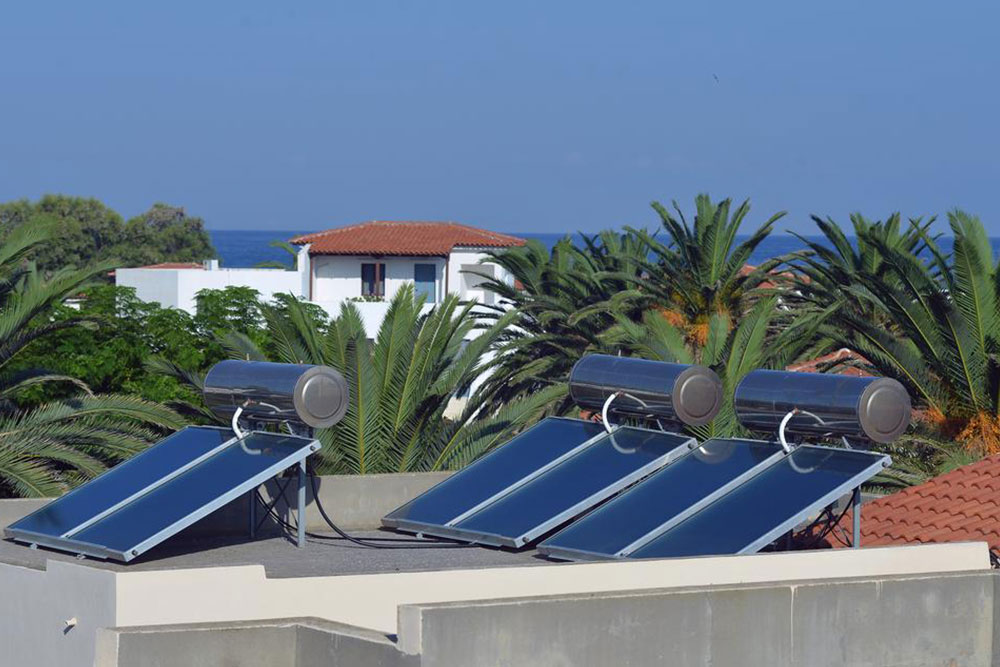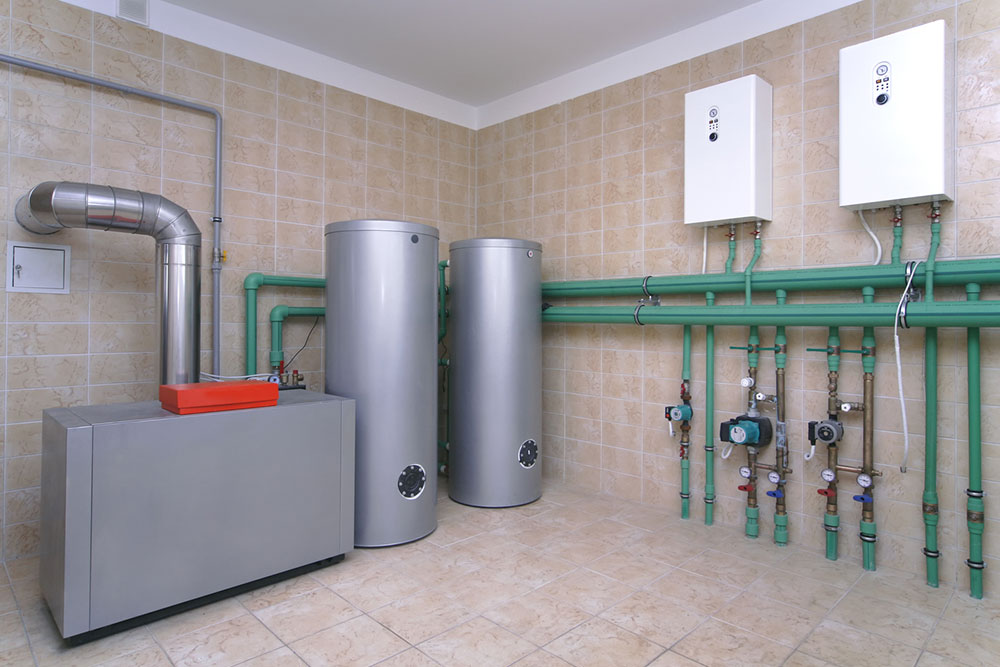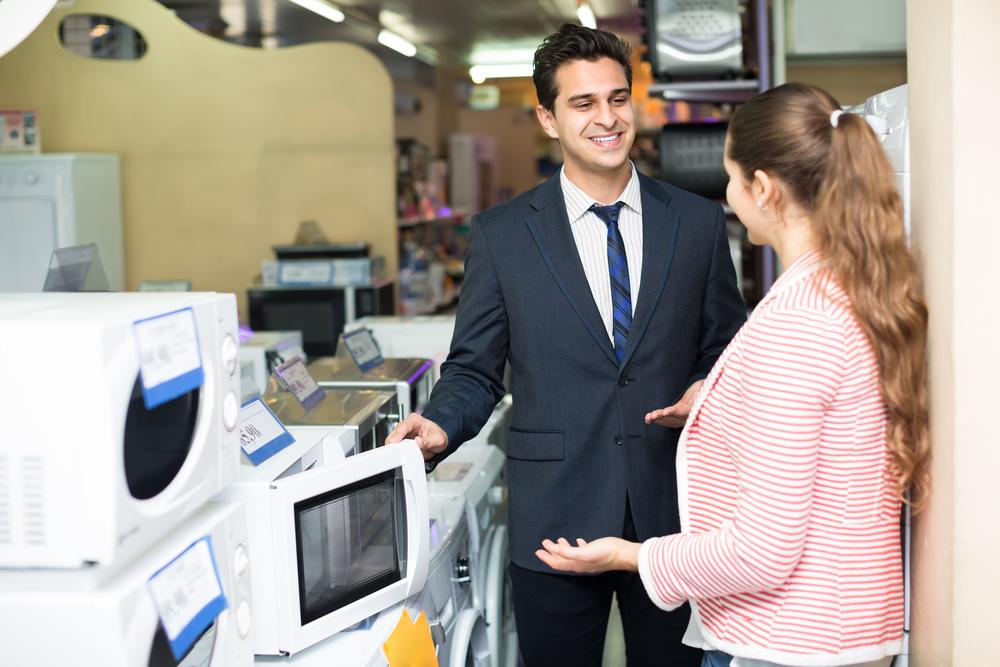Understanding Household Appliance Energy Consumption
This article offers insights into household appliance energy consumption, providing practical tips for estimating usage, conserving power, and reducing energy bills. Learn how to identify high-consuming devices and implement effective energy-saving strategies for an eco-friendly home.
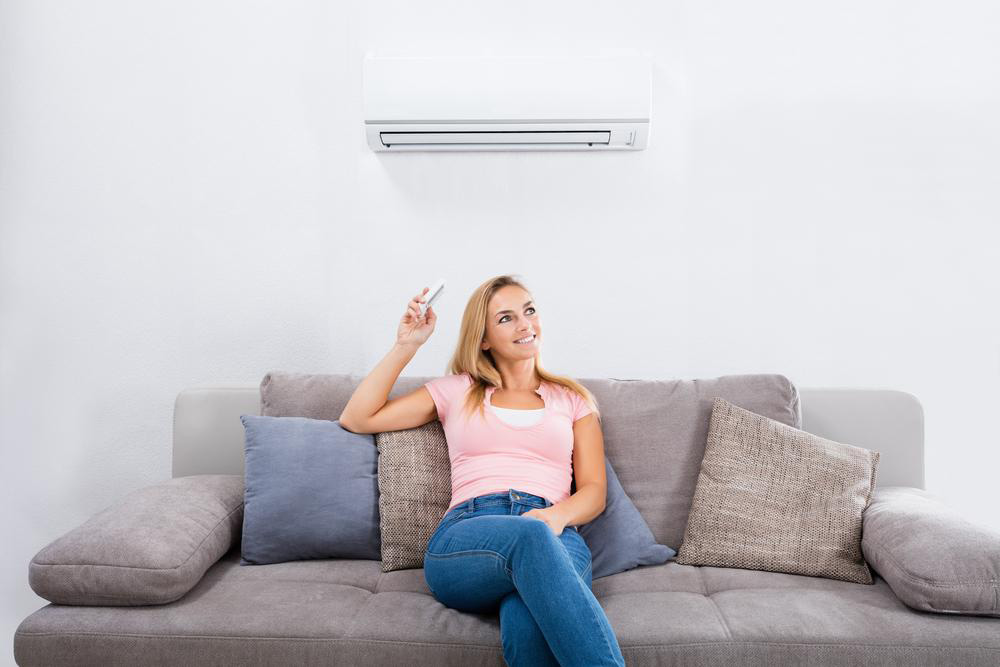
Understanding Energy Usage of Household Devices
Electronic appliances operate at designated power levels during use. Knowing the energy consumption of each device helps households monitor costs and optimize energy savings. Being aware of power requirements enables better management of your electric bills and reductions in overall energy expenses.
Tips to Estimate and Reduce Electricity Consumption
Most electronic products include energy labels indicating average power use and operational costs over time. Installing a home energy monitoring system can provide precise data on how much power each appliance consumes.
Common household appliances have varying energy demands. For instance, an electric water heater consumes approximately 380 to 500 kWh monthly, costing around $41 to $55. A microwave that uses 0.12 kWh per 5 minutes costs about $0.01 per use. Coffee makers, which utilize similar energy, cost roughly $0.01 per brew. Laptops consume between 0.02 to 0.05 kWh per hour, costing less than a cent hourly.
Power Conservation Strategies
Reduce phantom loads by unplugging devices in standby mode, which still draw power. Switch to energy-efficient LED lighting, insulate water heaters and pipes, and upgrade old appliances. Newer models tend to consume less energy, offering significant savings.
Practical Tips for Lowering Energy Costs
Unplug seldom-used electronics such as TVs, stereos, and clocks when not needed. Regularly clean air conditioning units for optimal airflow. Prepare food efficiently to reduce fridge load—avoid overloading the freezer and ensure the fridge doors close tightly. These small steps can significantly cut energy consumption.
Building an Energy-Efficient Future
Home insulation is one of the simplest ways to conserve energy, keeping interiors cool in summer and warm in winter. Utilize passive solar techniques and appliances designed for efficiency to reduce reliance on power grids. Such measures help create environment-friendly and energy-independent homes.

